Rachel Stonehouse BBC West Investigations Emma Hallett BBC West Investigations Megan, not her real name and with her back to…
Read More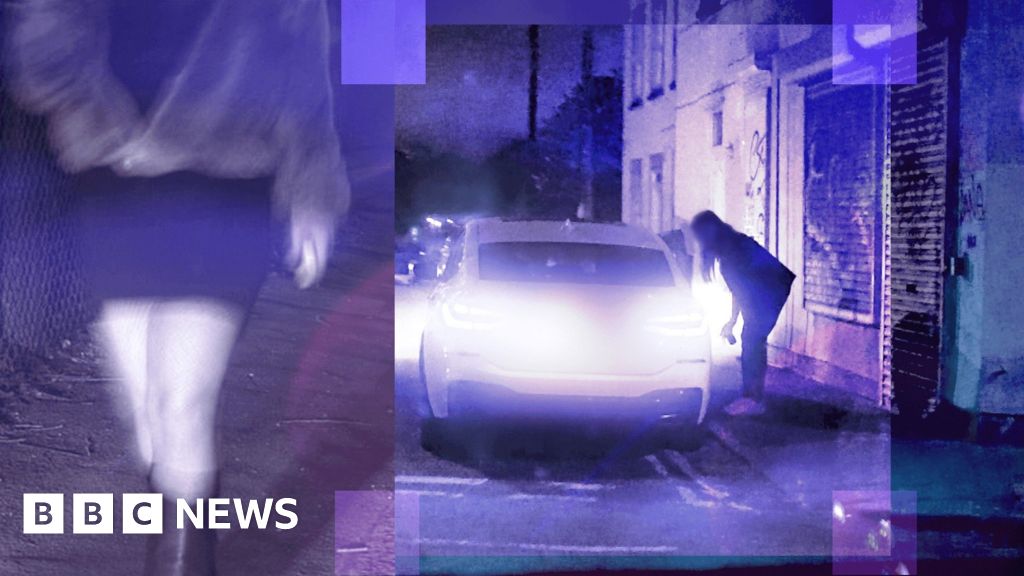

Rachel Stonehouse BBC West Investigations Emma Hallett BBC West Investigations Megan, not her real name and with her back to…
Read More
Inter Milan’s stunning 7-6 aggregate win against Barcelona was one of the all-time great Champions League semi-finals, but where does…
Read More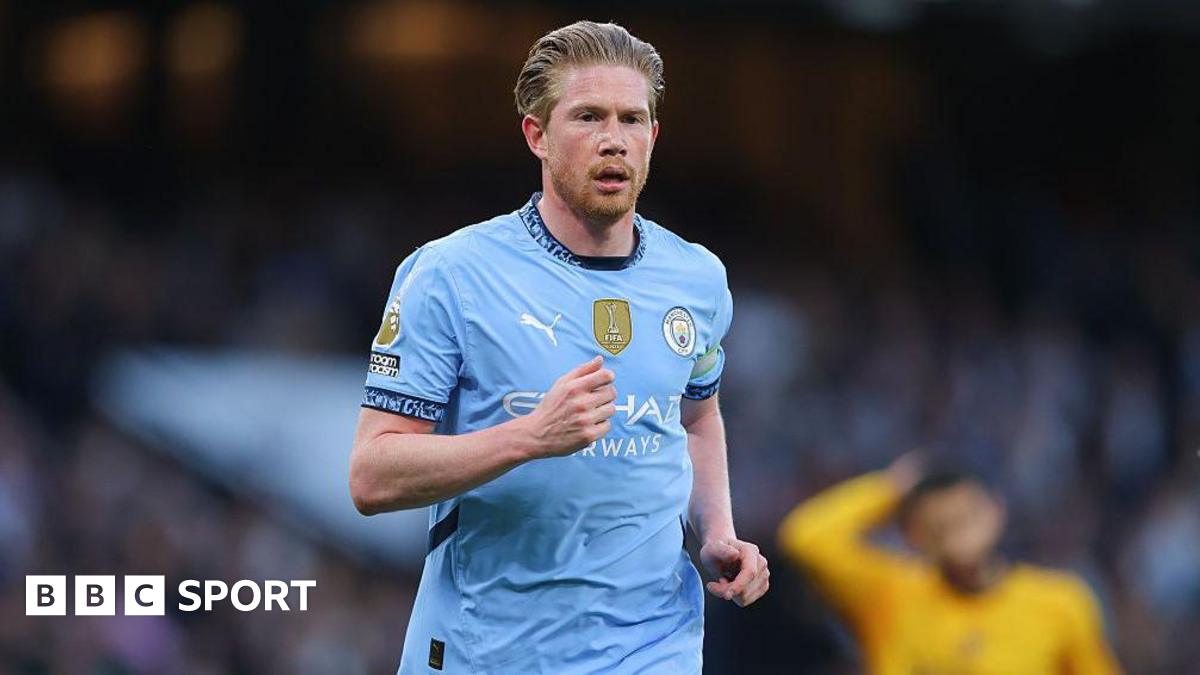
Inter Miami have relinquished their option to hold talks with departing Manchester City midfielder Kevin de Bruyne – leaving Chicago…
Read More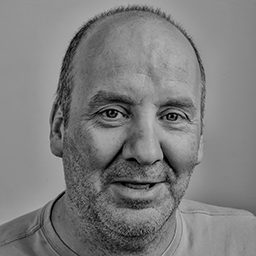
By MATTHEW HOLT A long time ago in a different country, there was a landslide election from a population looking…
Read More
Gujarat Titans beat Mumbai Indians – and the rain – to snatch a remarkable final-ball victory and go top of…
Read More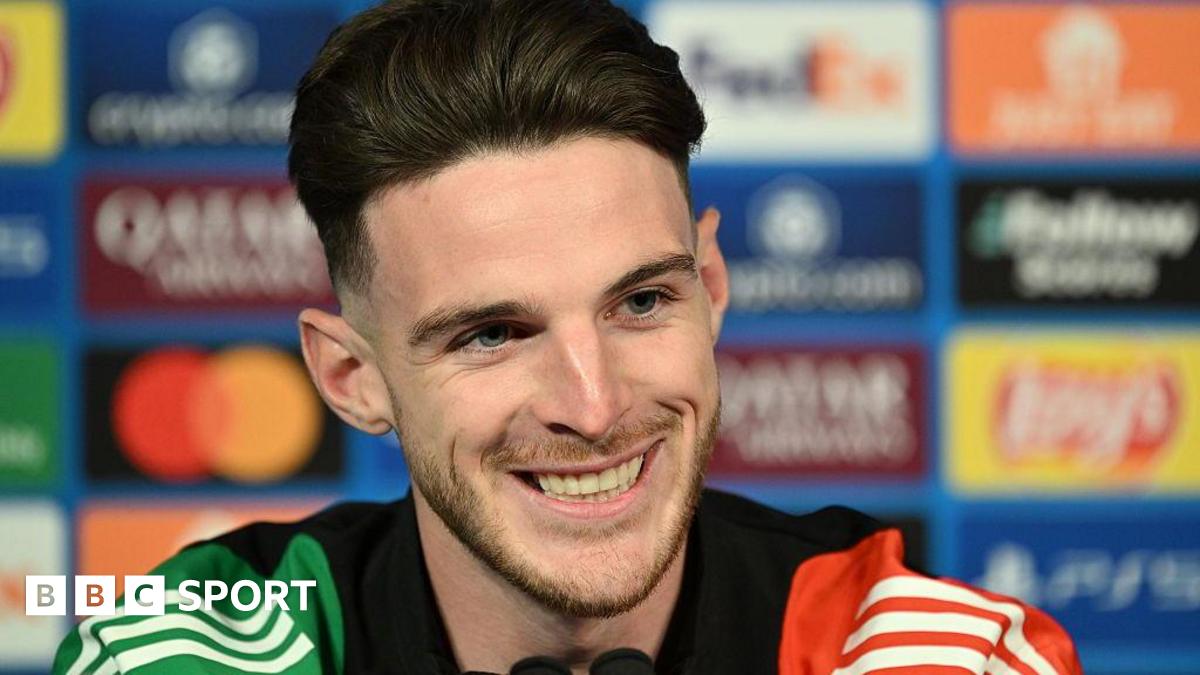
Declan Rice says Arsenal need “big balls” and “magic moments” if they are to overturn their semi-final deficit against Paris…
Read More
Olimpia Zagnat BBC News, East Midlands Steve Beech BBC News, Derby BBC A pedestrianised street in Derby is currently taped…
Read More
A man and a woman have been charged with murder after the death of a five-week-old baby. Sean Jefferson, 34,…
Read More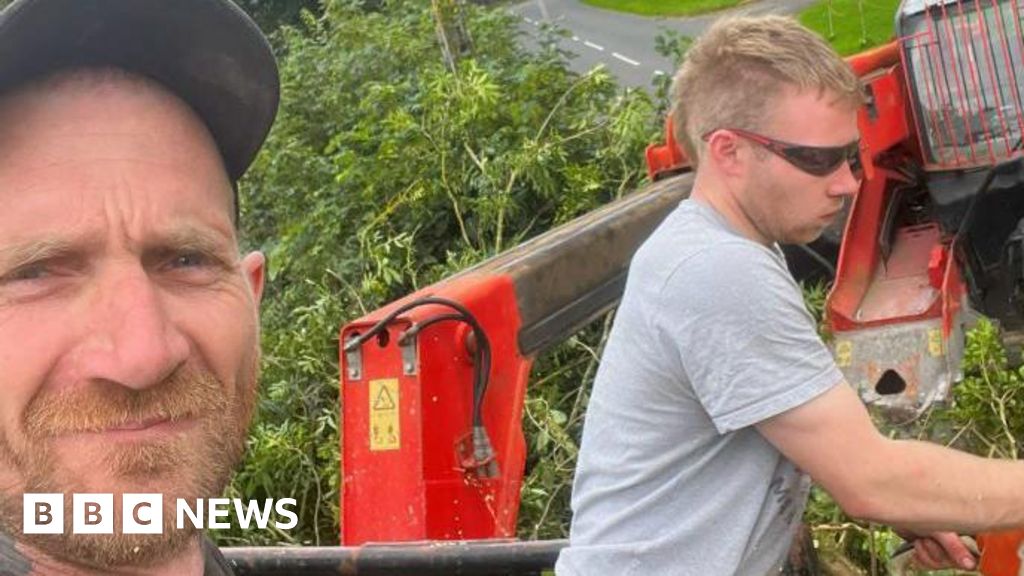
Duncan Leatherdale BBC News, North East and Cumbria Watch the video shown to the jurors above A second man accused…
Read More
“Know all the theories, master all the techniques, but as you touch a human soul ,be just another human soul.”…
Read More